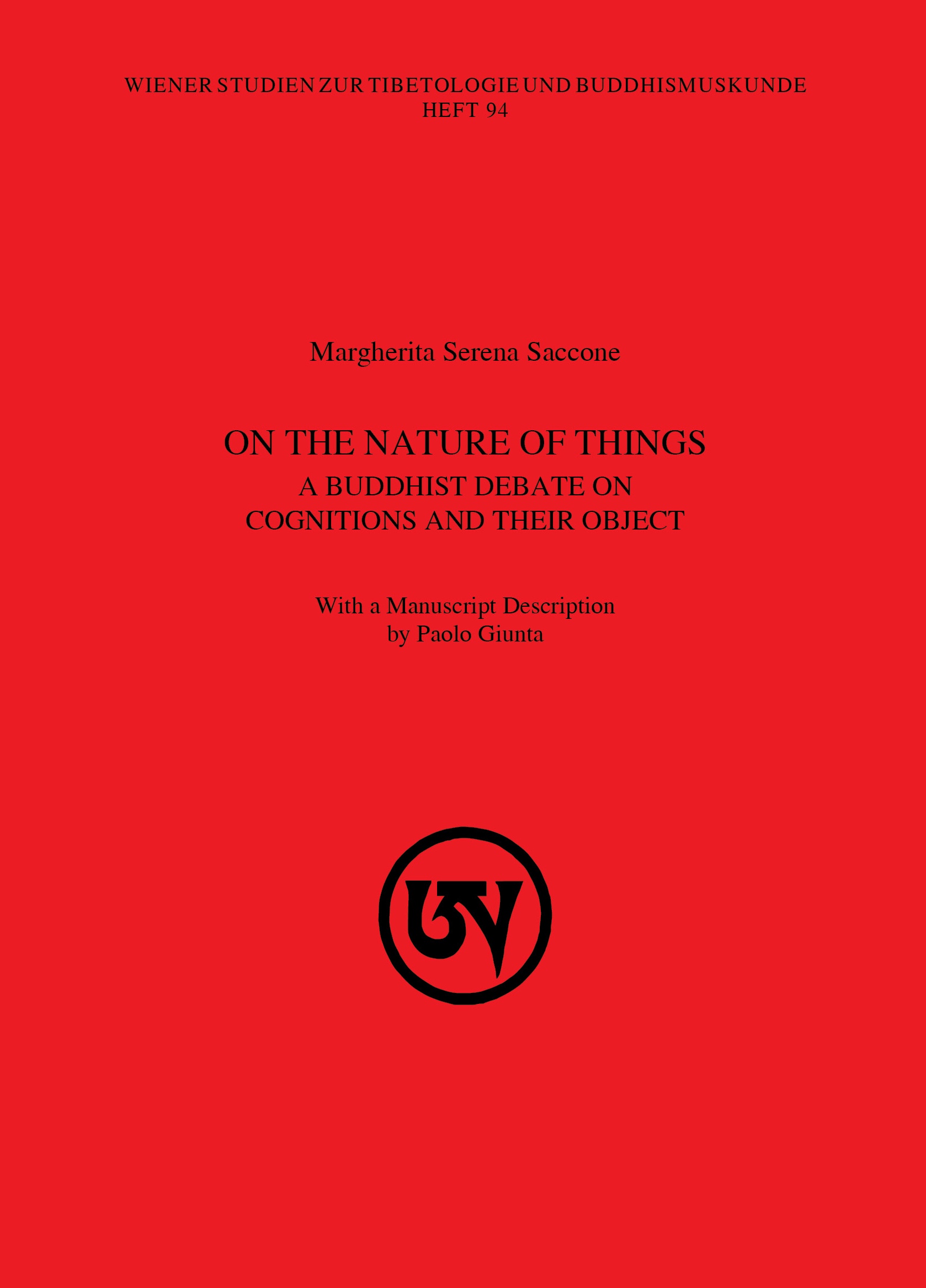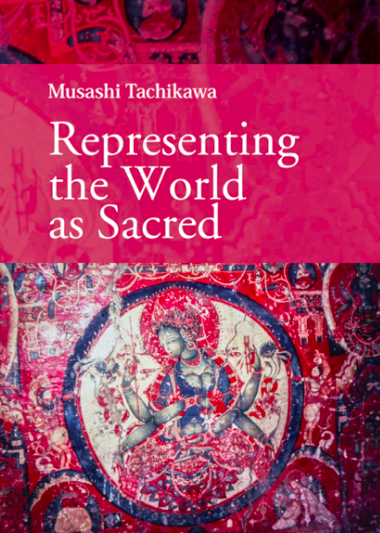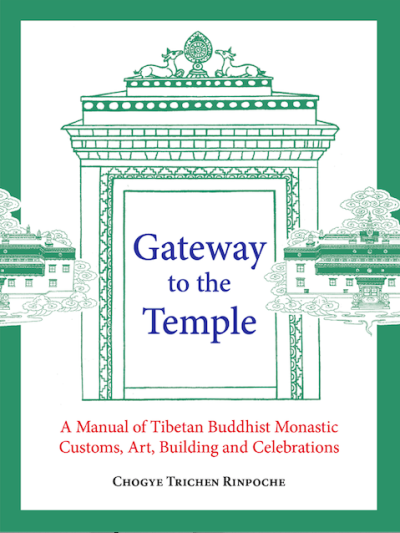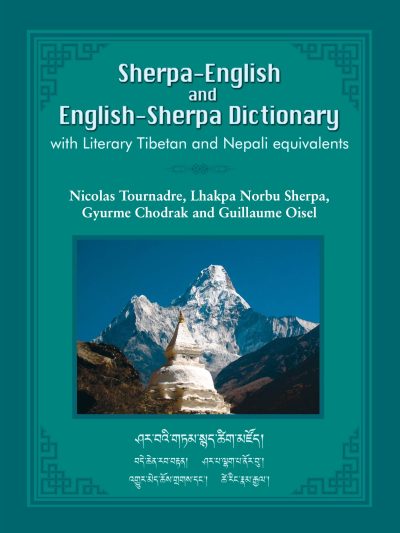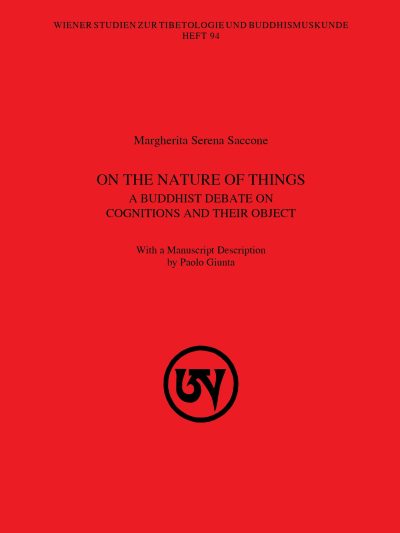Description
Excerpts from the Preface and Acknowledgements
The present work consists of three distinct yet complementary parts: the Introduction, the Bahirarthapariksa and the *Bāhyārthasiddhikārikā. The Introduction contains an analysis of the Buddhist debate on cognitions and their object in the 8 century as portrayed in the Bahirarthapariksa chapter of the Tattvasangraha by Santaraksita and the Tattvasangrahapanjika by Kamalasila. This is followed by a critical edition of that chapter accompanied by an annotated English translation and, finally, 4 appendices on Subhagupta and his main work, the * Bāhyārthasiddhikārikā.
The Introduction, in particular, is an investigation into how Säntaraksita and Kamalasila present this debate by means of a constant criticism of the views of Subhagupta, a contemporary and fellow Buddhist. In the *Bahyarthasiddhikarka, Subhagupta attacks the standpoints of the great masters of the logico-epistemological tradition, the very tradition which he himself appears to belong. He specifically criticizes the view of vijnaptimatrata (mere cognition), which posits that external objects do not exist independently of their cognitions. It is precisely to defend (and prove) this view that Santaraksita and (especially) Kamalasila introduce their refutation of Subhagupta’s several arguments against Vasubandhu, Dinnaga and Dharmakirti. They do so in a chapter, the Bahirarthapariksa, which is largely centered around their polemic against him and his work.
In this book, the Bahirarthapariksa chapter is the object of a new critical edition as well as English translation. These are based on what was originally my doctoral thesis, submitted at the University of Turin. The thesis has been significantly revised and enlarged. Particularly, the critical edition has profited from the attainment (thanks to Hiroko Matsuoka) of high resolution photographs of the Jaisalmer manuscripts, the codices unici on which my edition mostly relies. Better quality photographs were also provided by Paolo Giunta and Matsuoka of the Patan manuscripts. These are the codices descripti of the Jaisalmer manuscripts. As is known, the Tattvasangraha and the pañjika have already been edited twice in their entirety: in 1926 (Krishnamacharya’s editio princeps) and in 1968 (Sastri edition). Neither of them (for very different reasons) can be regarded as sufficiently reliable. My edition has greatly benefited from direct access to the only extant witnesses of the Sanskrit text as well as a deep analysis of the Tibetan translations. All the variants found in the manuscript sources and in the printed editions have been carefully recorded. I have tried, when possible, to discuss the choice of readings.
Additionally, references to parallel passages have been provided along with the glosses (the edition of which is given at the end of the Sanskrit text). The scribe who inserted them, being acquainted with logic and the doctrines expounded, offers very useful comments on the text. The chapter has been translated a few times in Japanese. To the best of my knowledge, there is only one English translation of the whole chapter (Jha 1939), which is in fact, in many parts, just a paraphrase and in no way close to the actual text. Explanatory notes on the argumentations or the philosophical issues at stake have been added in some parts.

